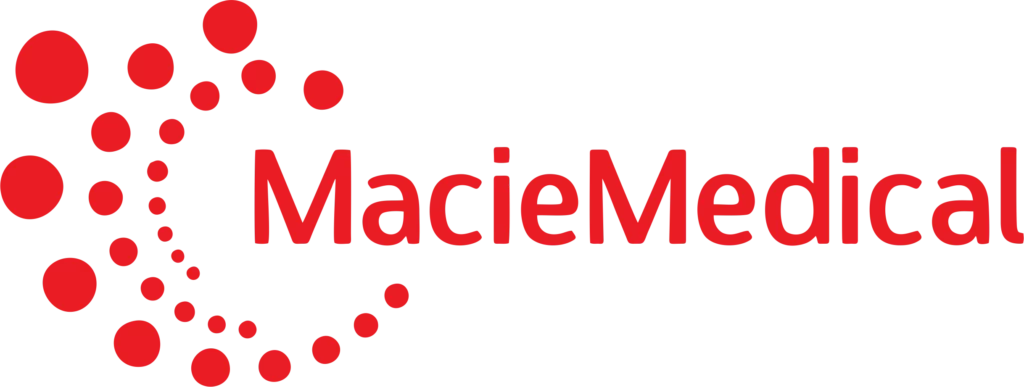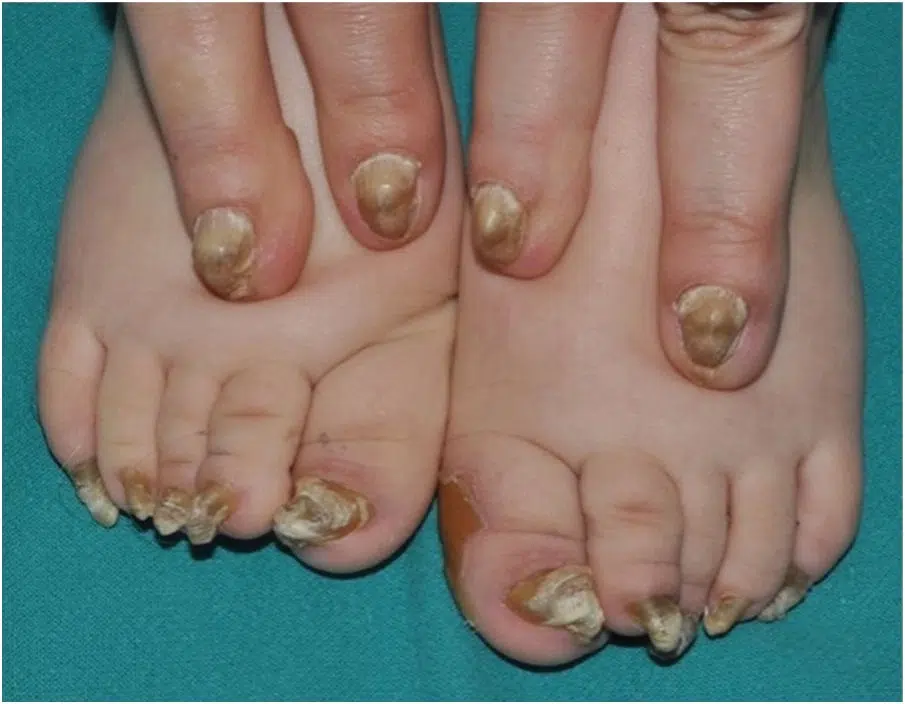Nail dystrophy is a condition that affects the shape, color, texture, or overall appearance of the nails. It can impact one or multiple nails on the fingers or toes and is often a symptom of an underlying health issue or injury. If you’ve noticed changes in your nails such as thickening, discoloration, brittleness, or detachment from the nail bed, you may be experiencing nail dystrophy. At Macie Medical, we provide comprehensive care to diagnose and treat nail disorders, including nail dystrophy.
Table of Contents
ToggleWhat Is Nail Dystrophy? Understanding the Basics
Many patients often ask, what is nail dystrophy? Nail dystrophy refers to any abnormality or damage to the structure or growth of the nail. This can be caused by trauma, infection, systemic diseases, or dermatological conditions. The term nail dystrophy meaning covers a broad range of symptoms, including ridges, discoloration, deformation, thickened nails, or complete loss of the nail.
In clinical terms, it is the deterioration or degeneration of the nail plate, nail bed, or surrounding structures. It may be temporary or chronic and can occur in both fingernails and toenails.
Common Causes of Nail Dystrophy
It can be caused by a variety of health conditions and external factors. These include:
- Fungal infections (onychomycosis)
- Psoriasis or eczema affecting the nails
- Lichen planus, an inflammatory skin condition
- Injury or trauma to the nail bed
- Autoimmune diseases such as lupus or alopecia areata
- Peripheral vascular disease or reduced blood flow to the extremities
- Genetic disorders, particularly in children
In some cases, repeated exposure to water, harsh chemicals, or nail products can also damage the nails and lead to symptoms of dystrophy.
Recognizing the Symptoms of Nail Dystrophy
Early identification of nail dystrophy symptoms can lead to faster diagnosis and better outcomes. Symptoms often include:
- Thickened, brittle, or crumbling nails
- Yellow, white, or brown discoloration
- Grooves or ridges on the nail surface
- Nail splitting or peeling
- Separation of the nail from the nail bed (onycholysis)
- Irregular nail growth or misshapen nails
These signs may appear gradually and may affect just one nail or multiple nails at once.
Diagnosis: What to Expect
Diagnosing nail dystrophy typically begins with a physical exam by a healthcare provider. At Macie Medical, our providers may:
- Examine your nail and surrounding skin
- Ask about your medical history and recent injuries or infections
- Conduct fungal cultures or nail clippings for lab analysis
- Order blood tests if an underlying systemic condition is suspected
Accurate diagnosis is critical in determining the correct treatment for nail dystrophy.
Treatment for Nail Dystrophy: Effective Care Options
When it comes to nail dystrophy treatment, the approach depends on the underlying cause. For example, fungal infections require antifungal medications, while inflammatory skin conditions may need corticosteroids or immunosuppressants.
Here are some common treatment options:
- Topical or oral antifungal medications for fungal infections
- Topical steroids or corticosteroid injections for inflammatory skin conditions
- Moisturizers and barrier creams to protect the nail and skin
- Antibiotics if bacterial infections are present
- Surgical removal of the nail in severe or recurring cases
- Laser therapy for nail thickening or fungal causes
Our primary care providers at Macie Medical will create a personalized treatment plan based on your symptoms, diagnosis, and lifestyle.
Can Nail Dystrophy Be Cured?
Many patients wonder if there is a nail dystrophy cure. In most cases, nail dystrophy can be successfully managed or reversed if the underlying cause is addressed. However, some forms, especially those linked to autoimmune or genetic disorders, may require ongoing management rather than a permanent cure.
With proper care, including medication and lifestyle changes, many people experience significant improvement in nail appearance and function.
Preventing Nail Dystrophy
While not all cases are preventable, certain habits can reduce the risk of developing nail dystrophy:
- Keep nails trimmed and clean
- Avoid biting or picking at nails and cuticles
- Wear gloves when using chemicals or washing dishes
- Use antifungal powders or sprays if prone to infections
- Moisturize nails and cuticles regularly
- Limit use of artificial nails or harsh nail products
If you have a medical condition known to affect nails, routine care and early treatment can help prevent severe nail damage.
When to See a Doctor for Nail Dystrophy
If your nail changes do not resolve on their own within a few weeks or worsen over time, it’s important to consult a healthcare provider. Persistent nail problems could be a sign of a more serious condition requiring medical attention.
You should schedule an appointment at Macie Medical if you experience:
- Nail pain or tenderness
- Persistent nail discoloration or thickening
- Recurrent fungal infections
- Complete nail detachment
- Bleeding or pus around the nail
Final Thoughts
Nail dystrophy can impact your quality of life and indicate deeper health concerns. At Macie Medical, we are committed to identifying the root cause of your nail issues and providing safe, effective solutions. With a comprehensive approach to diagnosis, treatment, and prevention, our team is here to help you restore healthy nails.
If you’re concerned about nail changes or need expert care, contact us today to schedule your appointment.
Macie Medical
777 S Fry Rd Ste 206, Katy, TX 77450
Call us at +1 (713) 300-3905
Take the first step toward healthier nails with a provider you can trust.
 Skip to content
Skip to content

